The flavor and taste of Costa Rican coffee beans introduce how to bake very hard coffee beans with low density
Speaking of Costa Rican coffee beans, you should have heard of it. There are a lot of Costa Rican coffee beans on the front street, not to mention the popular musician series in recent years, there are blueberries from Stonehenge Manor, and these coffee beans are basically processed with honey. Generally speaking, El Salvador and Costa Rican countries in Central America will prefer this experimental coffee processing method. Now honey treatment has become a common way of coffee processing in the world.
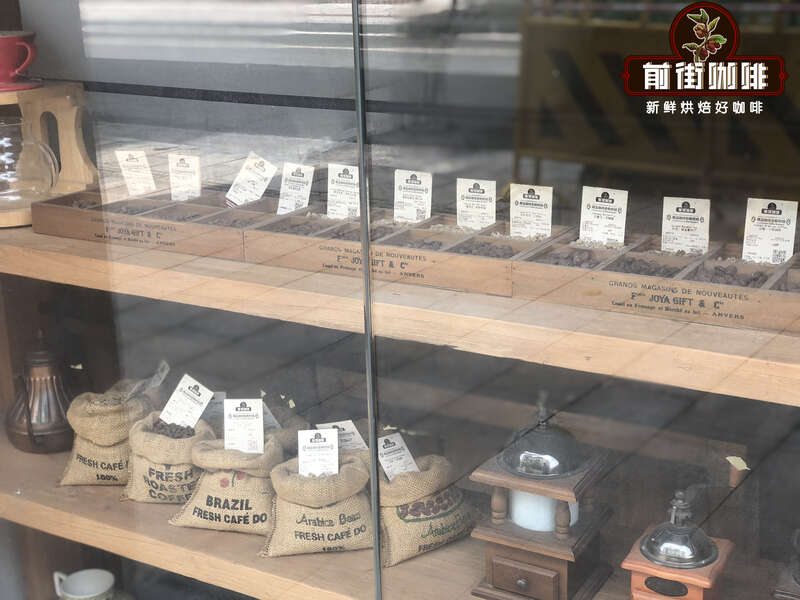
Washing, solarization and honey treatment are three common processing methods. Before we talk about these treatments, Qianjie will help you understand the basic structure of coffee: peel, pulp, pectin, parchment, and coffee fruit. After selecting the beans, the sun treatment will spread the coffee beans on the drying farm for natural drying, depending on the climate. After about 2-4 weeks, the moisture content of the coffee beans will be reduced to about 12%. Use the shelling machine to remove the coffee beans. In the drying process, coffee can fully absorb the essence of fructose, sweetness and alcohol thickness are higher than washed coffee beans.
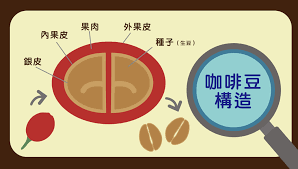
Qianjie believes that washed coffee beans are the best way to reflect the local characteristics of high-quality coffee beans. After removing the peel and pulp, soaking and fermenting, cleaning pectin, drying and removing the endocarp, the washed coffee has good acidity, bright and pure flavor and no impurities. Therefore, the rations beans in Qianjie are almost washed, so that many coffee lovers can buy the coffee with the most representative flavor of the producing area at the most affordable price. Even in Costa Rica, which is famous for its honey treatment, Qianjie chose a washed Costa Rican Tarazu coffee bean to add to the Qianjie rations bean series. Here are the details of the raw beans of this coffee:
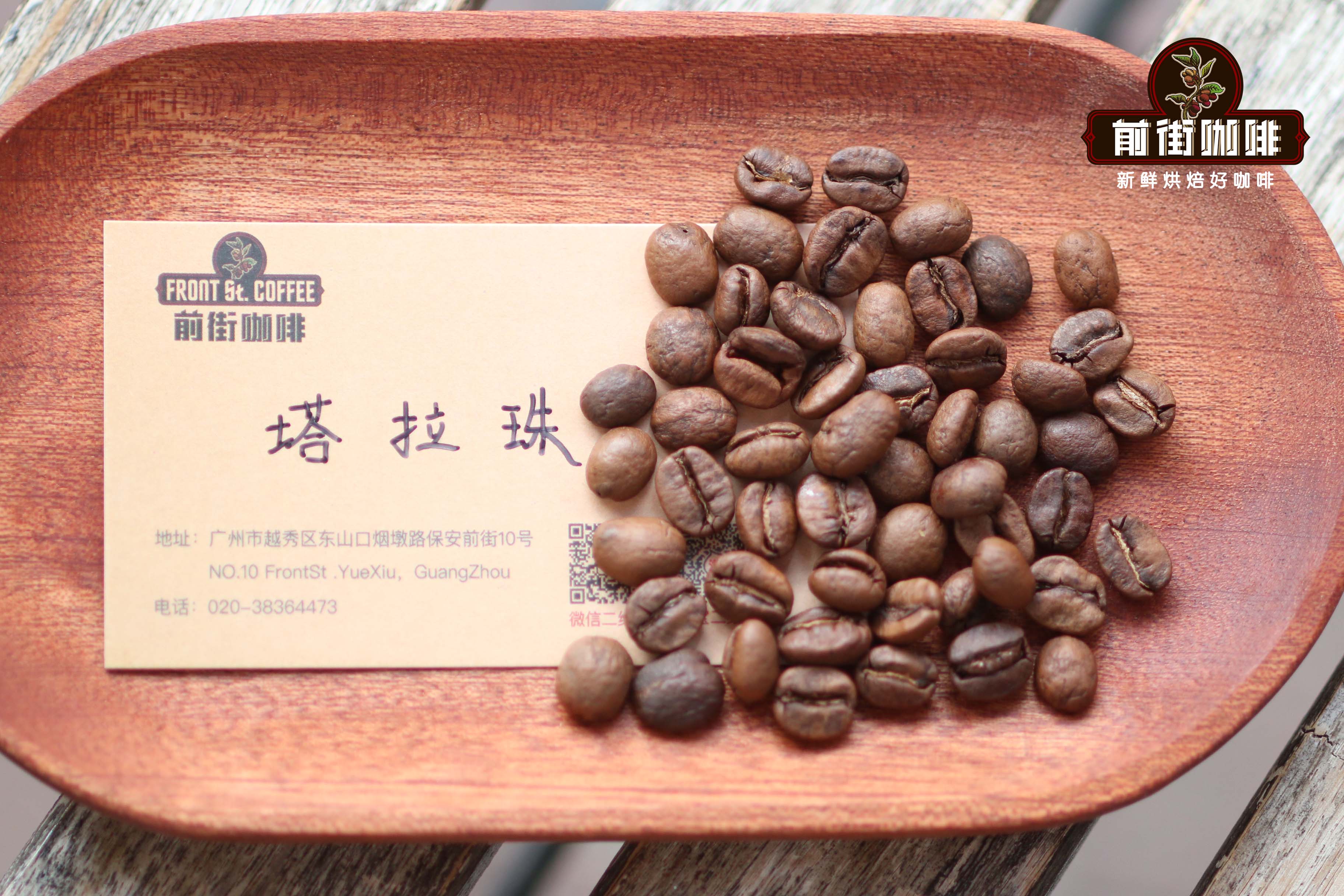
Costa Rican Tara beads
Country of origin: Costa Rica
Producing area: Tarazhu
Variety: Kaduai, Kaddura
Altitude: 1500 m
Grade: SHB
Treatment: washing
Today, Qianjie will introduce Costa Rican coffee based on this coffee bean. Costa Rica is located in the Central American isthmus, and is simultaneously regulated by Pacific and Atlantic currents and sea breezes. There are many towering volcanoes up to 2000 meters above sea level in Costa Rica. Coffee berries grow slowly in the fertile volcanic ash soil and cool environment at high altitude, giving birth to coffee beans with complete and rich flavor. The first place in Costa Rica to grow coffee was on the slopes of the Poas and Barva volcanoes, today known as the Central Valley (Central Valley). After years of development, there are now eight major coffee-growing areas, with soil consisting of successive layers of volcanic ash and dust. These areas include: Tarrazu, West Valley, Central Valley, Tres Rios, Brunca, Guanacaste, Orosi and Turrialba. Among these producing areas, coffee in Tarrazu (Tarasu) and West Valley (West Valley) accounts for about half of Costa Rican coffee production. Costa Rican Tarasu coffee beans from the mountains are regarded as one of the best coffee in the world.
As we said earlier, Costa Rica Tarazhu is just one of the food and bean products in the front street. The highlight of Costa Rican coffee is actually coffee beans processed with honey. Next, Qianjie will introduce to you a recently popular blueberry coffee bean at Stonehenge Manor.
Stonehenge Manor is located in the Brunca coffee producing area in the south of Costa Rica, which is connected to Panama because of the topography and mountains, and has a diverse micro-climate. The aboriginal stone carvings unearthed near the manor from 200 to 1500 BC are called secret stone balls, so the manor is named after the boulder.
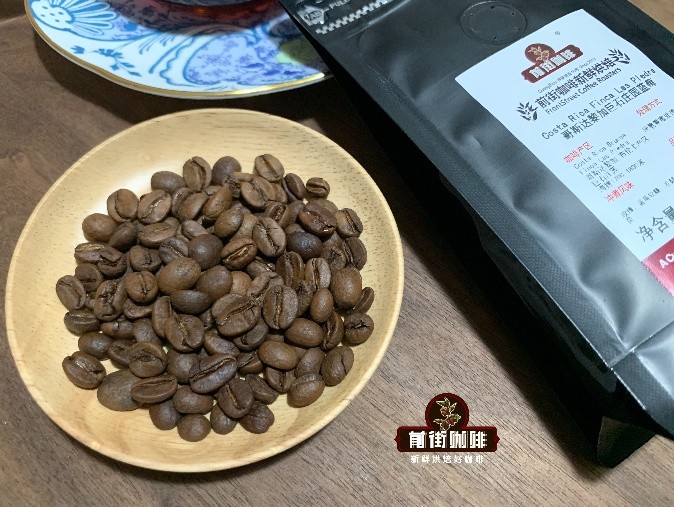
Blueberries at Stonehenge Manor, Costa Rica
Country of origin: Costa Rica
Producing area: Bronka
Manor: Stonehenge Manor
Altitude: 1700-1800 m
Treatment method: anaerobic heavy honey treatment
Varieties: bourbon, Kaduai
Grade: SHB
What kind of coffee processing is honey processing? When the coffee fruit peels off, you will see a layer of transparent mucus covering the coffee beans. Honey treatment is the retention of mucus during coffee drying. During the drying process of coffee, the concentration of mucus increases, and the sugar and acid stored in it will seep into the coffee beans. Compared with washed coffee, honey-treated coffee has a higher sweetness.
Careful people may have found that the beans of both coffees are SHB, which is the highest grade for Costa Rican coffee. So how is Costa Rican coffee graded? In Costa Rica, raw coffee beans are mainly graded according to altitude, which affects the hardness of beans. Higher elevations produce harder coffee beans, which is considered more popular. The forehead sorted out the grading standard of Costa Rican coffee raw beans:
SHB (extremely hard beans): planted at 1500-1700 meters above sea level
HB (hard beans): planted at 1350-1500 meters above sea level
SH (slightly hard beans): planting is 1200-1350 meters above sea level
Extra Prime (extra high quality water washed beans): plant 1000-1200 meters above sea level
Prime (high quality water washed beans): planted at an altitude of 850m-1000 m
Good Washed (good quality washed beans): plant 700-850m above sea level.
The front street here tells you a little knowledge, although the high altitude of Costa Rican coffee is the focus of its excellent coffee flavor throughout the Americas. But another interesting fact that keeps Costa Rican coffee to such a high quality standard is that it is illegal to produce robusta beans in Costa Rica.
Important Notice :
前街咖啡 FrontStreet Coffee has moved to new addredd:
FrontStreet Coffee Address: 315,Donghua East Road,GuangZhou
Tel:020 38364473
- Prev

Distinction and distinction between Costa Rican Red Honey, Yellow Honey and Black Honey the price of Costa Rican coffee beans
Professional coffee knowledge exchange more coffee bean information please follow the coffee workshop (Wechat official account cafe_style) Costa Rica coffee bean honey honey treatment, called HoneyProcess or Miel Process, called Honey Coffee, Costa Rica (Costa Rica), Panama (Panama) and Guatemala (Guatemala) coffee plantations
- Next
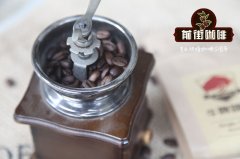
Costa Rican coffee bean brand recommends Costa Rican black honey to treat coffee how much is a cup of coffee
Professional coffee knowledge exchange more information about coffee beans please follow the coffee workshop (Wechat official account cafe_style) Costa Rica Sumava de Lourdes black honey Costa Rican coffee beans. Shumawa Manor. Kaddura . Heimi 01 | about the producing area Costa Rican coffee beans were first introduced from Cuba in 1779 and exported for the first time in 1820
Related
- Does Rose Summer choose Blue, Green or Red? Detailed explanation of Rose Summer Coffee plots and Classification in Panamanian Jade Manor
- What is the difference between the origin, producing area, processing plant, cooperative and manor of coffee beans?
- How fine does the espresso powder fit? how to grind the espresso?
- Sca coffee roasting degree color card coffee roasting degree 8 roasting color values what do you mean?
- The practice of lattes: how to make lattes at home
- Introduction to Indonesian Fine Coffee beans-- Java Coffee producing area of Indonesian Arabica Coffee
- How much will the flavor of light and medium roasted rose summer be expressed? What baking level is rose summer suitable for?
- Introduction to the characteristics of washing, sun-drying or wet-planing coffee commonly used in Mantenin, Indonesia
- Price characteristics of Arabica Coffee Bean Starbucks introduction to Manning Coffee Bean Taste producing area Variety Manor
- What is the authentic Yega flavor? What are the flavor characteristics of the really excellent Yejasuffi coffee beans?

